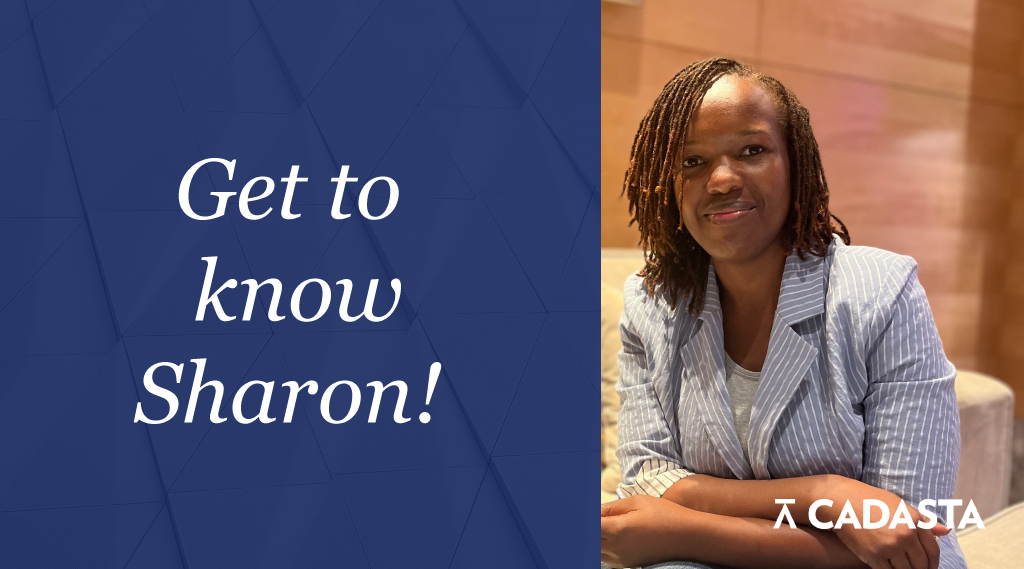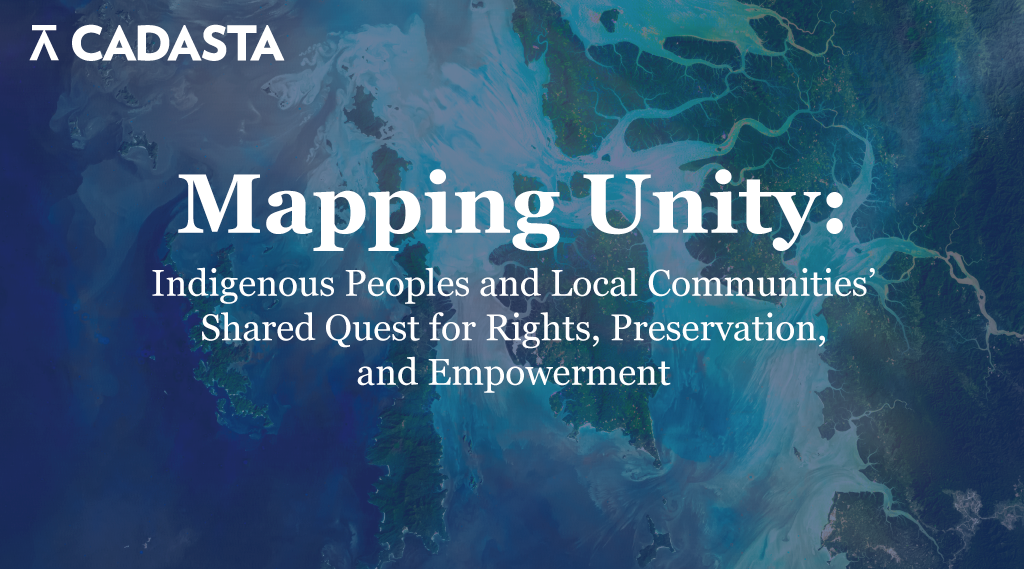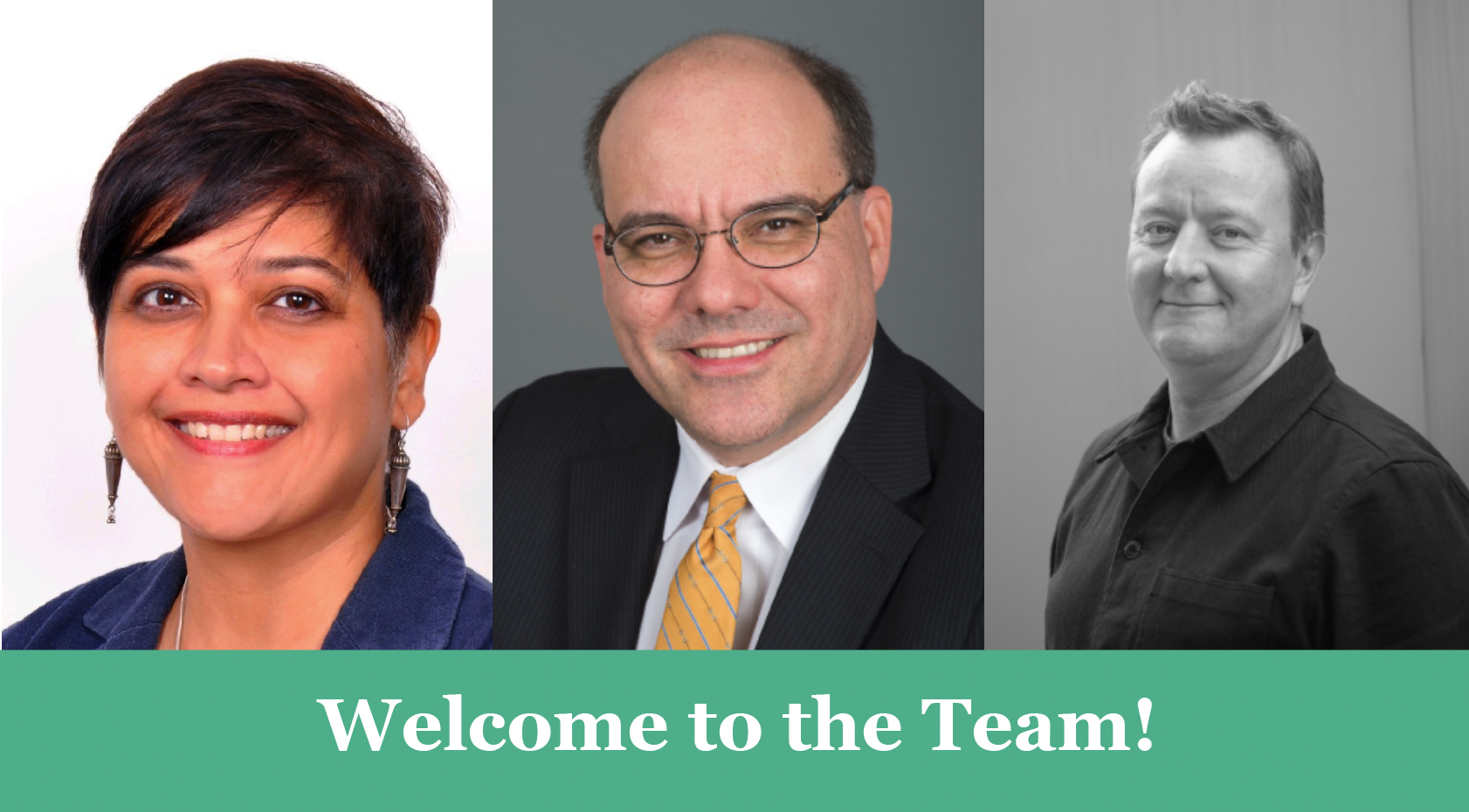We are delighted to welcome Sharon Ogolla to the Cadasta team as our new Director of Evidence and Impact. With an extensive background in research, monitoring, and learning, Sharon brings a wealth of experience in harnessing data for positive change across a diverse range of programs and regions. In her role, Sharon will lead Cadasta’s efforts in monitoring, evaluation, and learning (MEL), guiding our initiatives towards positive, evidence-based outcomes.
Read the Q&A below to learn more about Sharon and gain insights into her strategies for driving impact through data-driven solutions.
What inspired you to pursue a career in Monitoring, Evaluation, and Learning (MEL)?
Maths! I love numbers! My passion for monitoring, evaluation, and learning stems from a blend of academic pursuits, professional experiences, and personal values. Throughout my academic journey, I developed a keen interest in understanding the impact of interventions and initiatives across various sectors. Courses in research methodology, data analysis, and program evaluation fueled my curiosity to delve deeper into this field. Whether working in project management, research, or consulting roles, I consistently witnessed the transformative power of evidence-based decision-making and continuous improvement. Overall, my journey toward a career in monitoring, evaluation, and learning has been shaped by a combination of academic curiosity, professional experiences, and a deep-seated commitment to creating positive change in the world. I am excited about the opportunity to continue leveraging my skills and expertise in this field to drive impactful outcomes and foster continuous learning and improvement.
How do you ensure that MEL frameworks prioritize gender equity and social inclusion in sustainable development programs?
Ensuring that MEL frameworks put gender equity and social inclusion front and center in sustainable development programs requires a deliberate and systematic approach. Here is how we do it:
From the beginning, it’s essential to involve diverse stakeholders, including women, marginalized groups, and community representatives, to shape the design of MEL frameworks. We want to ensure that their perspectives, priorities, and needs are taken into account to create indicators and methodologies that truly work for everyone.
Then, we need to get into the details of data collection. It’s crucial to break down the data by gender, age, disability, ethnicity, and other relevant factors. This helps us uncover any disparities and understand how our programs impact different groups. And we must be mindful of how we collect data, ensuring it respects cultural norms and preferences along the way.
Next, we need to build the capacity of MEL teams and program implementers to mainstream gender equity and social inclusion principles into their work. That means providing training, guidance, and resources on gender analysis, intersectionality, and inclusive data collection and interpretation.
And lastly, we have to foster a culture of learning and adaptation within MEL frameworks by encouraging reflection, dialogue, and continuous improvement. By digging deep into our findings, having open discussions, and always looking for ways to do better, we can use those insights to advocate for policy changes, programmatic adjustments, and resource allocation that promote gender equity and social inclusion.
How do you foster a culture of continuous learning and improvement within MEL teams to enhance program effectiveness?
Fostering a culture of continuous learning and improvement within MEL teams is key to making our programs effective. Here’s how I would approach it:
First, clearly define the team’s objectives and expectations regarding continuous learning and improvement. We’ve got to make sure everyone on the team knows the importance of always looking for ways to improve, using data to make decisions, and being flexible as we go along.
Then, we should encourage regular knowledge-sharing sessions among the team. We can organize regular sessions where folks can talk about what’s been working well, share any tricks they’ve picked up, and discuss lessons learned from their work on the program.
It’s also important to establish feedback loops. We need to make sure we’re getting input from everyone involved— stakeholders, beneficiaries, and other relevant parties. That way, we can use their feedback to tweak our strategies and keep getting better at what we do.
And let’s not forget to celebrate our wins and learn from our losses. When something goes right, we should take a moment to pat ourselves on the back. And when things don’t go as planned, that is an opportunity to learn and figure out how we can do better next time. You must go into it with the right mindset—seeing challenges as opportunities for growth, not roadblocks.
What inspired you to join Cadasta, and what excites you most about working here?
First and foremost, Cadasta’s commitment to leveraging technology and innovative approaches to address land and resource rights challenges resonated deeply with my own values and aspirations. The opportunity to be part of an organization that is dedicated to empowering vulnerable communities, promoting social justice, and fostering sustainable development aligned perfectly with my professional interests and personal values. What excites me most about working at Cadasta is the potential to contribute to positive change on a global scale. The chance to be part of a dynamic and forward-thinking team that is at the forefront of leveraging technology for social impact is both exhilarating and humbling. I am eager to leverage my skills, expertise, and passion to support Cadasta’s mission and make a meaningful difference in the lives of marginalized communities around the world.
Outside of work, what are some of your hobbies or interests?
One of my favorite pastimes is exploring the outdoors and traveling, whether hiking through scenic trails, camping in remote wilderness areas, or wandering through cities. Being surrounded by natural beauty allows me to recharge and gain perspective. I also enjoy cooking and experimenting with new recipes in the kitchen. Cooking allows me to express my creativity, explore different cuisines, and share delicious meals with friends and family.





